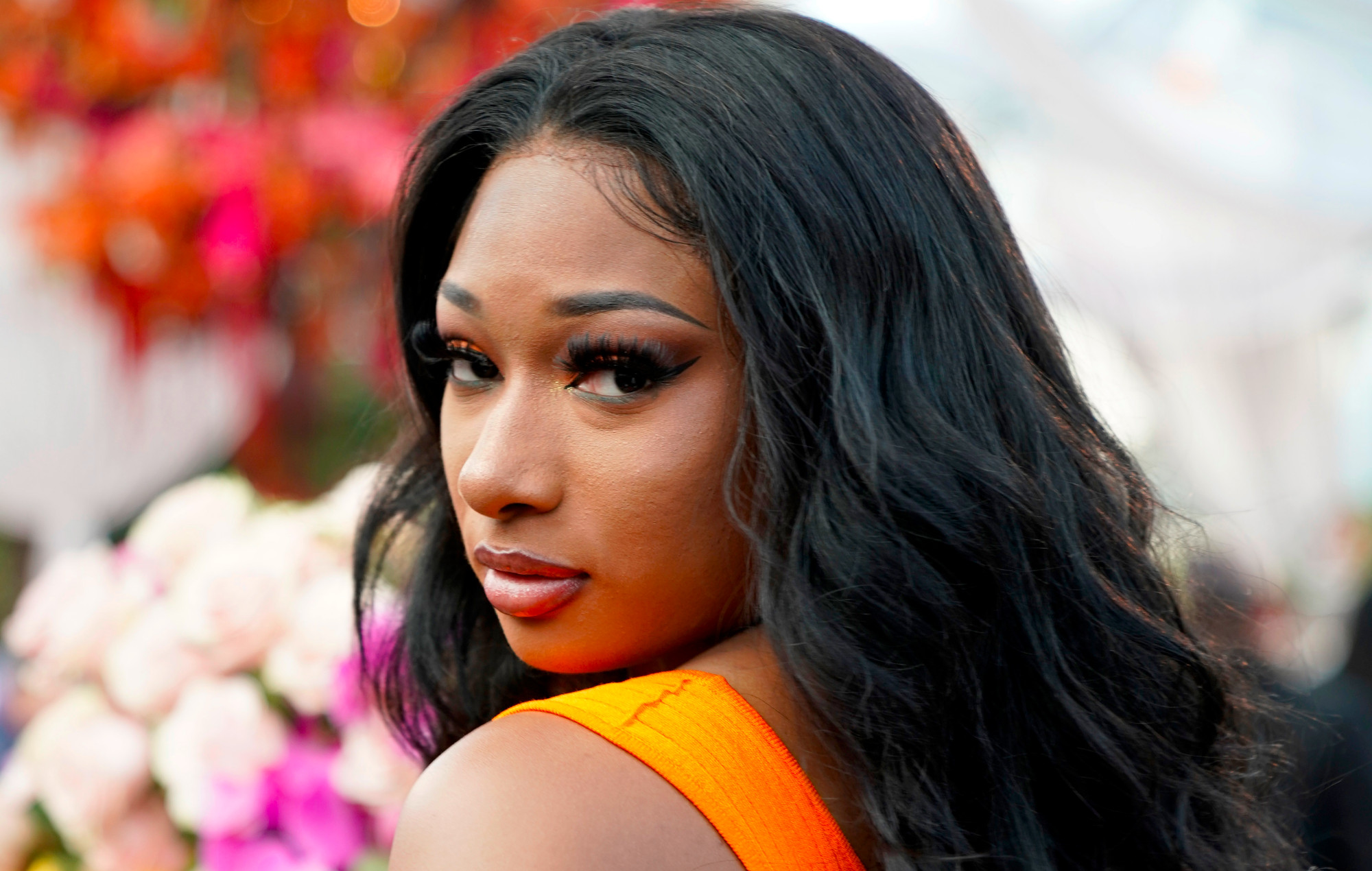The Lowdown: Colombian superstar José Álvaro Osorio Balvin, better known as J Balvin, is back with his sixth studio album, Colores. Since globally breaking through in 2017, he has continued to strike while the iron’s hot with releases in three consecutive years. As one of reggaeton music’s most vibrant characters, he plays off that persona with this color-coded collection.
J Balvin might seem like he only emerged at the end of the last decade, but he’s actually coming up on 15 years since the release of his debut album, Real, in May 2005. Reggaeton music at the time was thriving thanks to one of Balvin’s inspirations, Puerto Rican rapper Daddy Yankee, setting the movement ablaze with “Gasolina”. The genre first burned through Panama and later Puerto Rico before engulfing the globe. Reggaeton being made by outsiders was mostly unheard of, but Balvin decided to change that in Colombia. It took a few local hits to build the momentum.
Balvin’s 2013 album, La Familia, was the first to register with audiences outside of Colombia. As the popularity of reggaeton music waned, he gave it a much-needed shock to the system with his electric Energia album in 2016. Latin music, not just reggaeton, was being lifted on Balvin’s shoulders, and to standout from the US pop stars that were becoming his equals on the charts, he started dressing more colorfully. 2018’s Vibras, featuring his worldwide hit “Mi Gente”, which reached No. 3 on Billboard’s all-genre Hot 100 chart (thanks to a Beyoncé remix), solidified that cartoonish, big-dreaming Balvin.
As J Balvin has risen in popularity, he’s always used his platform to help other artists in Latin music along the way, like Spanish singer-songwriter Rosalía, who featured on Vibras, and Puerto Rican rapper Bad Bunny. With El Conejo Malo, they came together for last year’s #LatinoGang joint album, Oasis, which saw them hit the top 10 of the Billboard 200 chart. Now that his apprentices are taking off, Colores is a chance for Balvin to shine again solo with a new batch of Technicolor tunes.
The Good: The looming Coronavirus (or COVID-19) epidemic almost sidelined Colores, but as Balvin wrote on Twitter in Spanish, “The world needs colors in these grey times.” Música urbana encompasses genres like Latin trap, the emerging dembow, and reggaeton. Balvin’s dabbled in all of it, but the latter always remains at the heart of his music. Perreo is the twerk-like dance associated with reggaeton, and he makes it pop on most of Colores’ 10 tracks. Perreo pop is an art that Balvin masters on the album.
The connection of “Morado” to the color purple could be J Balvin’s intoxicating fascination with a woman who parties hard and takes him home. (Maybe she’s like purp to him?) That sleek and synth-filled sound of Energia returns with Balvin at his slickest. “She’s got me dreaming while I’m awake,” he sings in Spanish. We’ll have what he’s having. On the other end of the spectrum, there’s “Negro” (“Black”), where Balvin’s at his baddest losing his mind over a baddie. “She perreos like there’s no tomorrow,” he spits. It’s a throwback to reggaeton’s dirtier days that complements Balvin’s devilish thoughts.
Among the brighter hues, J Balvin shares the spotlight with his longtime producer, Alejandro “Sky” Ramírez, on “Verde” (“Green”). Sky snarls like a dog and lays his deep voice on a track for the first time as they find themselves hypnotized by a woman’s backside. “Ufff!” Balvin exclaims in response. Their New Green Deal is the kind of sensual stimulus package perreo needs. With “Rojo”, Balvin wears his heart on his sleeve and cries out for his overnight fling. The desire for something more is real on this red-hot reggaeton bop.
The multicultural moment on Colores is the multi-colored “Arcoíris” (“Rainbow”), featuring Nigerian singer-songwriter Mr. Eazi. The two previously worked together on Oasis, and they regroup for this magical collaboration. Balvin is spellbound by a woman on the dance floor and Eazi adds to the enchantment with a beautiful African chant. They stumble upon a perreo pot of gold.
The Bad: There are a few colors that are pretty drab on Colores, like “Amarillo” (“Yellow”). Backed by annoying horns that sound like they’re being made by mouth, J Balvin tries to get the turn-up started. Those “horns” really need to be turned down, though. The color pink is sadly wasted on “Rosado”, which can double as the Spanish slang for “rash.” The sluggish love song is akin to just that on this otherwise mostly blemish-free album.
The synesthesia experience with Colores is short and sweet with a heavy emphasis on the former. The 10 tracks in total clock in at a little over 30 minutes. The perreo is over before you know it. With there always being an insatiable need for Balvin music, this barely cuts the cake as a dessert. We should be so lucky to get a double rainbow’s worth of songs next time.
The Verdict: Instead of selling a deluxe 64-pack of crayons like other artists looking to capitalize on music streaming gains, J Balvin keeps it classic and concise with Colores as a standard 10-pack featuring just the primary colors. There are no filler colors like “macaroni and cheese”. The brushstrokes he paints as a purveyor of perreo pop might not be as broad, but they’re far-reaching in highlighting the evolution and future of reggaeton music. Balvin remains a power player in the globalization of the #LatinoGang, and Colores continues to showcase his colorful flow and spirit as a beacon in the movement.
Essential Tracks: “Verde”, “Morado”, and “Arcoíris”
Album Review: J Balvin Remains One of Reggaeton’s Most Vibrant Characters on Colores
Matt Melis





